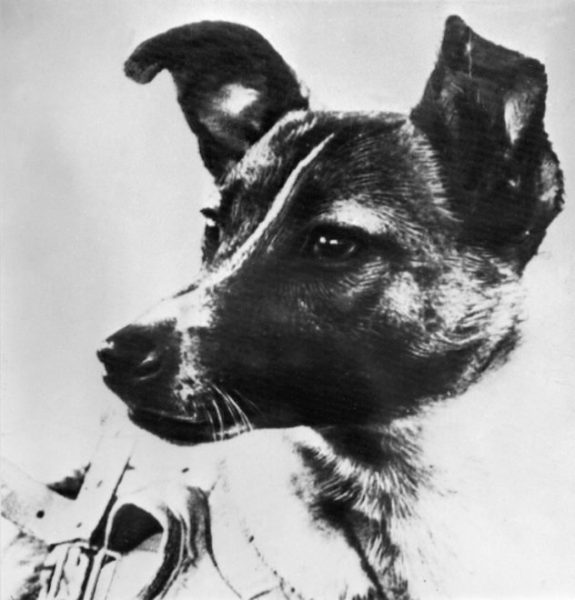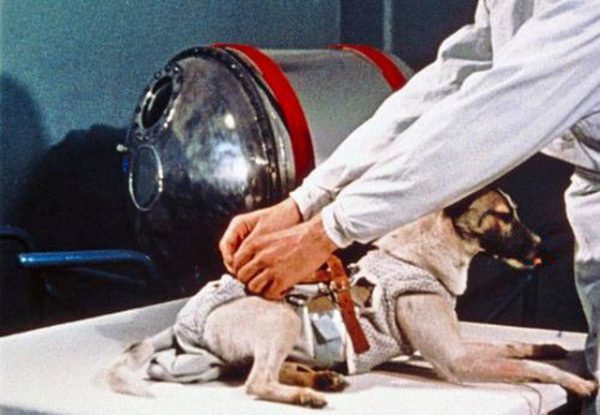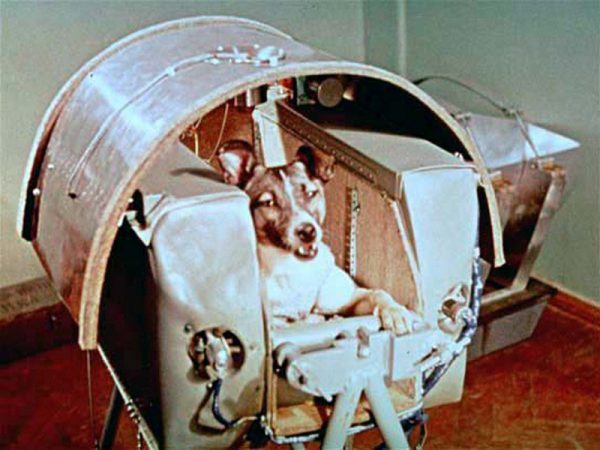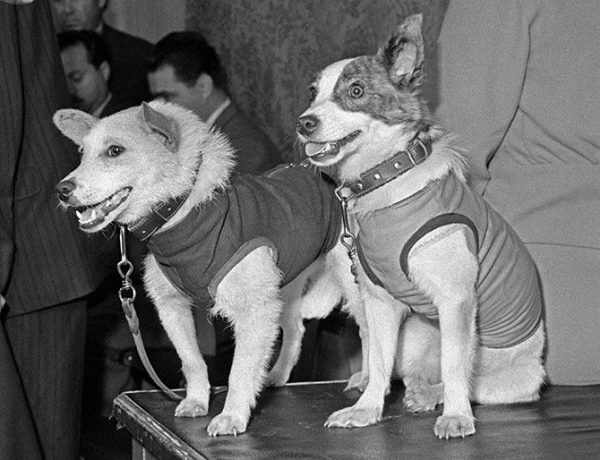“I asked her to forgive us and I even cried as I stroked her for the last time,” said 90-year-old Russian biologist Adilya Kotovskaya, recalling the day she greeted Laika for the last time before sending her into space.
The street dog named Laika is recorded in history as the first living being who left the Earth’s atmosphere and went on a journey without a return. After the flight, Laika was seen as a hero, but there was a dark lie behind her story.
The Soviet Union sent the dog up to space in a satellite on November 3, 1957 — 60 years ago. It followed the first ever Sputnik satellite launch earlier that year. But, things did not go exactly to plan and the dog was only able to survive for a few hours, flying around the Earth nine times.
“Those nine orbits of Earth made Laika the world’s first cosmonaut — sacrificed for the sake of the success of future space missions,” said Kotovskaya.
The Soviet Union had launched many good dogs into outer space before, but Laika became a global sensation because she was the first to enter low Earth orbit.
“Now it was time to send one into space,” said Adilya.
The Soviet Union space program chose Laika because the mutt fit all the Soviet’s doggonaut requirements. She was 3 years old female dog found on the streets of Moscow. The Soviet Union space program chose females because they were thought to be less temperamental than male dogs.
The engineers who sealed Laika into a narrow, windowless Sputnik 2 space capsule six decades ago knew it was the last time they would ever see her.
“Of course we knew she was destined to die on the flight, since there was no way to get her back — this wasn’t possible at the time,” said Kotovskaya.
Initially “nothing seemed to be going wrong,” Kotovskaya said.
“Of course, during blast-off, Laika’s heart beat speeded up a lot.”
But after three hours, her heart beat was back to normal.
Then suddenly during the ninth orbit of the Earth, the temperature inside the capsule began to rise and reached over 40 degrees Celsius (104 degrees Fahrenheit), due to insufficient insulation from the Sun’s rays.
The hope was that Laika would stay alive for eight to 10 days, but instead she died from a panic attack, overheating and dehydration after seven hours.
The official version was that she died after eating poison administered in her food to avoid a painful death on re-entry into the Earth’s atmosphere. Moscow maintained this fiction for many years.
The satellite carrying her remains burnt up in the atmosphere five months later, on April 14, 1958, above the Caribbean.
The first animals to go into space and return alive were the dogs called Belka and Strelka who blasted off in a rocket on August 19, 1960 and returned a day later.
The success of their mission persuaded Soviet authorities to go ahead with the highly risky first space trip by a human, Yury Gagarin, in April 1961.
Sources:




